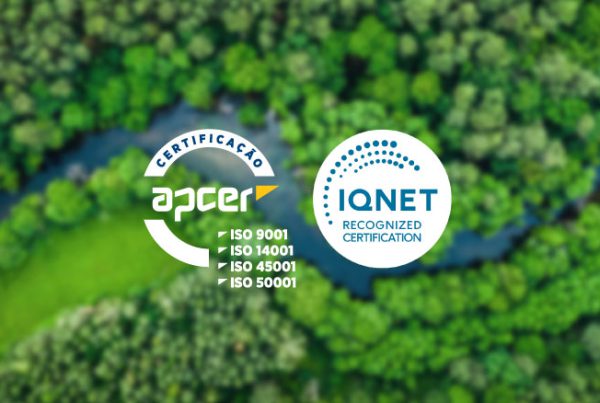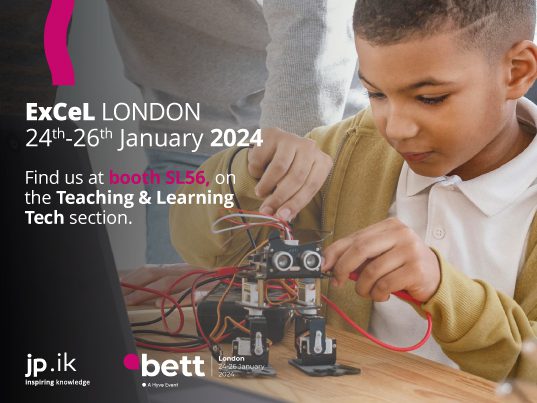However, the truth is that thanks to the massive reach of technological devices, eBooks survived and are here to stay.
In the context of Education, the adoption of the eBook, as a tool for disseminating curriculum content in place of well-known paper books, has been a slow transformation process.
A study by ECAR – Educause Center for Analysis and Research, an American nonprofit association dedicated to the promotion of Technology in Education, draws attention to the relevance of integrating eBooks into the student learning experience.
Currently, eBooks can be important tools in that they enhance the presentation of the learning material in a much more interactive and engaging way for students. However, such a reality is only possible if ebooks are a part of the chain of elements necessary for the implementation of an authentic twenty-first century classroom.
Speaking about the 21st century classroom means talking about technological devices designed specifically for Education. it means talking about the design and development of classroom management software essential for teachers, namely for monitoring tasks, access control, student engagement in classroom tasks and promotion of collaborative work. It also means talking about infrastructures and network systems that ensure the security of access to information. In addition, it means talking about technological training of teachers, so that they are able to make the most of the technological resources available and promote interaction with and among students and the transfer of knowledge.
In fact, there are countless technological tools available to enrich the students’ learning experience. For this to become a reality in schools, it is essential to know deeply the specifications and objectives of each element that integrates the design and development of the 21st century classroom, because this is the only way to implement a successful technological project especially designed for Education! And, this is the big challenge!



